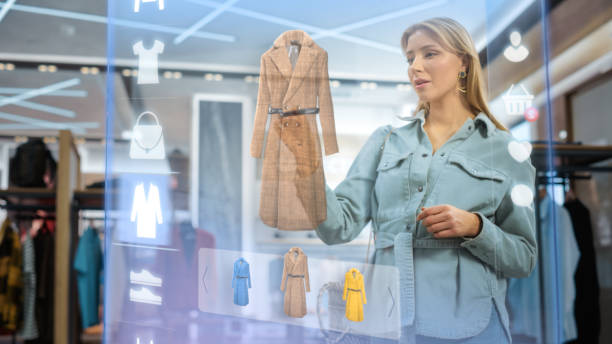Power and Connectivity Planning for Permanent Interactive Installations
Permanent interactive installations require a practical plan for power, network access, and physical integration. This article outlines key considerations for reliable connectivity, device ergonomics, maintenance, and hygiene to help organizations design durable touchscreen and sensor-enabled surfaces for public and commercial settings.

Permanent interactive installations combine hardware, software, and physical infrastructure to create reliable experiences in public and commercial spaces. Planning power and connectivity up front reduces downtime, supports accessibility and collaboration, and protects devices from environmental and security risks. This overview covers practical steps for specifying power, selecting network options, integrating sensors and software, and designing for maintenance, hygiene, and retail use cases.
How to plan connectivity for interactive displays
Connectivity planning starts by mapping expected traffic: content updates, multi-user collaboration sessions, analytics uploads, and remote management. Wired Ethernet provides the most consistent bandwidth and security for fixed touchscreen tables, while Wi‑Fi with dedicated SSIDs and Quality of Service (QoS) can serve guest or mobile offloads. Consider network segmentation to isolate interactive systems from corporate networks, enable secure VPN access for remote maintenance, and provision sufficient throughput for peak concurrent users and sensor data streams. Redundancy options, such as dual NICs or backup cellular, reduce single points of failure.
What power and installation requirements matter?
Power planning requires knowing each component’s consumption: displays, embedded PCs, sensors, lighting, and heaters (for cold environments). Provide continuous power with margin for peak draw and firmware updates. Where possible, use dedicated circuits and inline surge protection to guard sensitive electronics. For concealed installations, specify in‑floor conduits and accessible service panels to allow safe, code-compliant wiring and future upgrades. UPS systems can keep interactive surfaces responsive during short outages and enable graceful shutdowns. Coordinate with local services and electrical contractors to meet regional code and permit requirements.
How to ensure touchscreen durability and hygiene?
Durability selection depends on projected use intensity and environment. Opt for commercial-grade touch sensors and tempered glass with anti-reflective coatings where needed. To support hygiene, choose materials that tolerate regular cleaning with approved disinfectants and avoid crevices that trap contaminants. Configure touch responsiveness to minimize repeated physical force and consider touchless sensor modes (proximity, gesture, or mobile pairing) for high-traffic retail or public settings. Document approved cleaning agents to preserve coatings and touchscreen accuracy.
How to design for collaboration and accessibility?
Design interactive tables to support group collaboration by optimizing screen size, content layout, and multi-touch responsiveness. Include wireless casting or companion mobile apps to let participants share content without crowding the surface. Accessibility measures should include adjustable height or mounting options, clear on-screen prompts, high-contrast UI themes, and support for assistive technologies (screen readers, external input devices). Physical ergonomics—viewing angles, edge rounding, and reachable control placement—help a broader range of users engage comfortably.
What security, software, and analytics are needed?
Security starts with secure boot and device management to prevent unauthorized firmware changes. Harden operating systems, restrict local accounts, and use certificate-based authentication for remote management. Application containers or kiosk modes limit the attack surface. Plan software update channels and staging environments to test patches before wide rollout. For analytics, decide what telemetry to collect (usage, session length, errors) and where it will be stored; anonymize user data when possible and follow local privacy regulations. Integrate monitoring to trigger alerts for offline devices or unusual activity.
What maintenance, sensors, and ergonomics should be planned?
Create a maintenance schedule covering hardware inspection, calibration of touch and sensors, software updates, and hygiene checks. Use integrated sensors—ambient light, temperature, and proximity—to adapt display brightness, prevent overheating, and reduce power draw. Design accessible service access points for field technicians and keep spare modules or swappable components to minimize downtime. For retail deployments, plan floor anchors and tamper-resistant fasteners where theft or vandalism is a concern while balancing ergonomics and customer comfort.
Permanent interactive installations demand an integrated approach that balances reliable power, resilient connectivity, user-centered design, and lifecycle maintenance. Early coordination with network, electrical, and facilities teams, along with clear documentation of cleaning practices and security measures, will support durability and consistent performance across public, corporate, and retail environments.






